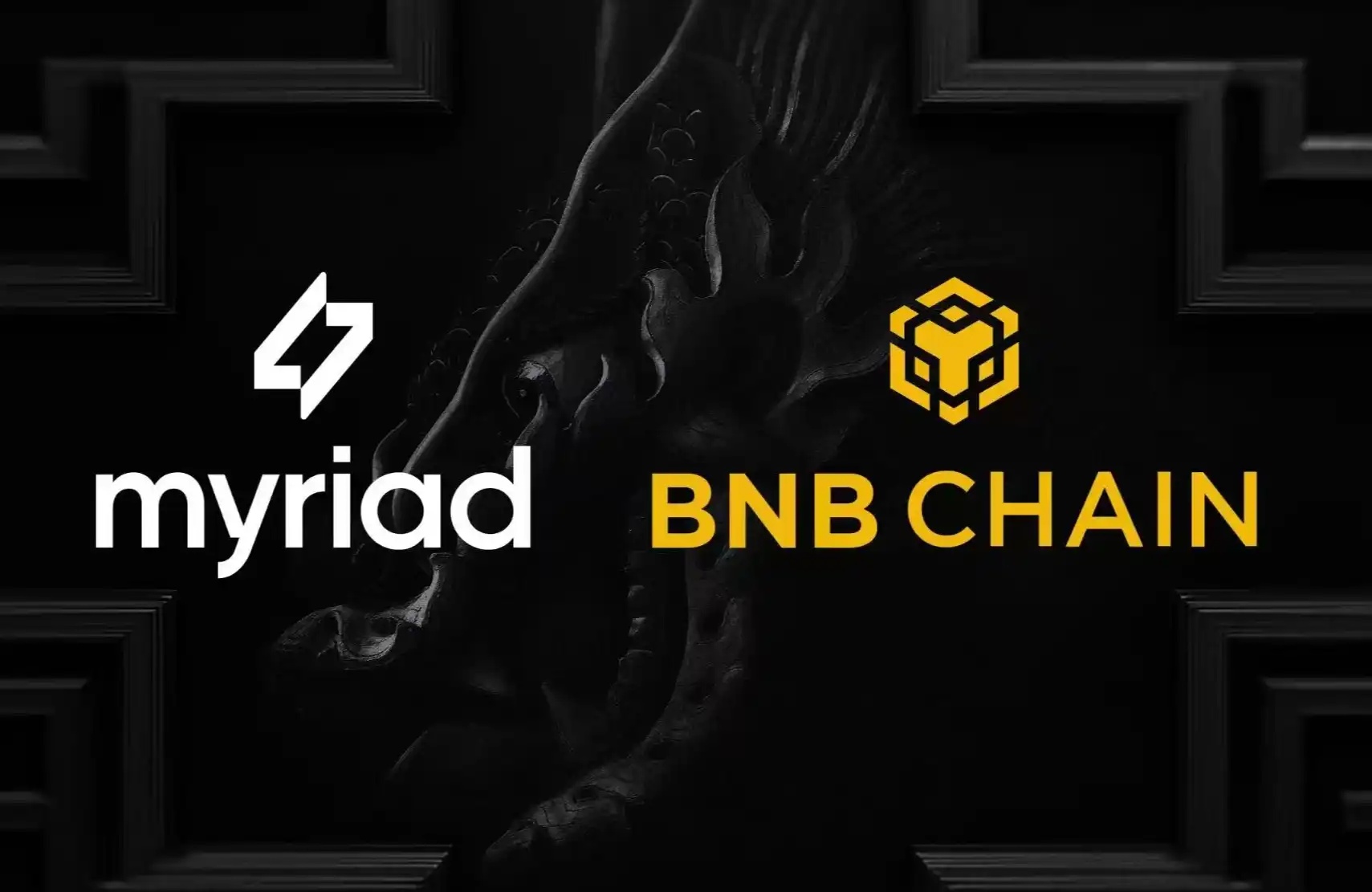Paradigm Co-founder Matt Huang at the Helm as Payment Giant Stripe Develops New Chain 'Tempo' to Join the Stablecoin Payment Battle
Original Article Title: "Payment Giant Stripe Secretly Developing New Chain 'Tempo,' Integrating Bridge and Privy for End-to-End Stablecoin Payments"
Original Article Author: Joe, BlockTempo from Doo Wan
Editor's Note: On August 13, according to Fortune, Stripe has appointed Matt Huang, co-founder and managing partner of crypto investment firm Paradigm, as the CEO of its blockchain project Tempo. Huang will continue to hold his position at Paradigm.
A job description has provided a glimpse into Stripe's next move: a new blockchain called Tempo. As reported by Fortune on August 11, the cryptocurrency lobbying group Blockchain Association's website recently posted new job listings indicating that Stripe is hiring for a product marketing role for the new chain.

Image Source: Blockchain Association
Tempo Plan Revealed: The Covert Collaboration Between Stripe and Paradigm
According to the job description, Tempo is described as "an efficient, payment-focused blockchain built in collaboration between Paradigm and Stripe," compatible with Ethereum, and developed by a five-person team in "stealth mode."
After Fortune reached out to both companies for further confirmation without a response, the job listing has since expired, but the details remain public online, suggesting that Stripe's new chain may soon be unveiled.
Vertical Integration: The Puzzle of Bridge, Privy, and Tempo
Looking ahead, Tempo is not a standalone move but the final foundational piece in Stripe's stablecoin strategy.
In October 2024, Stripe acquired stablecoin infrastructure company Bridge for $1.1 billion; in June of this year, it brought wallet developer Privy under its wing. With Bridge offering stablecoin issuance and integration capabilities, Privy handling the end-user wallet experience, and now Tempo's chain-level processing, Stripe has gained full control from token minting to transaction settlement.
In the future, corporate customers may be able to complete stablecoin payments through Stripe's unified interface, bypassing the SWIFT network to achieve instant cross-border settlement.
Policy and Market Environment: Stablecoin Craze Providing Fertile Ground
We know that stablecoins are seen as a tool to reduce cross-border payment costs, and various regulatory bodies around the world have begun to provide clear frameworks. Especially noteworthy is the GENIUS Act signed by U.S. President Trump in July, which, for the first time at the federal level, defined the status of stablecoins, clearing legal uncertainties for future corporate adoption.
Tech giants have also been testing stablecoin services one after another, indicating that the demand is no longer limited to the crypto-native ecosystem. Stripe CEO Patrick Collison was straightforward during a House hearing in March this year:
"As the underlying technology matures, we are seeing meaningful commercial interest in stablecoins."
Those words now seem more like the prelude to Tempo's quiet launch.
The Ripple Effects Tempo Might Bring
Tempo has not yet announced a specific launch date, but the threads from acquisition announcements to recruitment news are enough to reveal the intent. The next competition focus in the payment industry may shift from card processing fees to who can provide the fastest, cheapest, and most reliable stablecoin settlement service.
Stripe has chosen to build its own blockchain rather than simply integrate with existing public chains, sending a very clear message: to maintain dominance in the future global payment arena, one must control every critical path layer from the user end to the validation node. A payment restructure driven by stablecoins is rapidly unfolding.
Welcome to join the official BlockBeats community:
Telegram Subscription Group: https://t.me/theblockbeats
Telegram Discussion Group: https://t.me/BlockBeats_App
Official Twitter Account: https://twitter.com/BlockBeatsAsia


 Forum
Forum Finance
Finance
 Specials
Specials
 On-chain Eco
On-chain Eco
 Entry
Entry
 Podcasts
Podcasts
 Activities
Activities
 OPRR
OPRR









